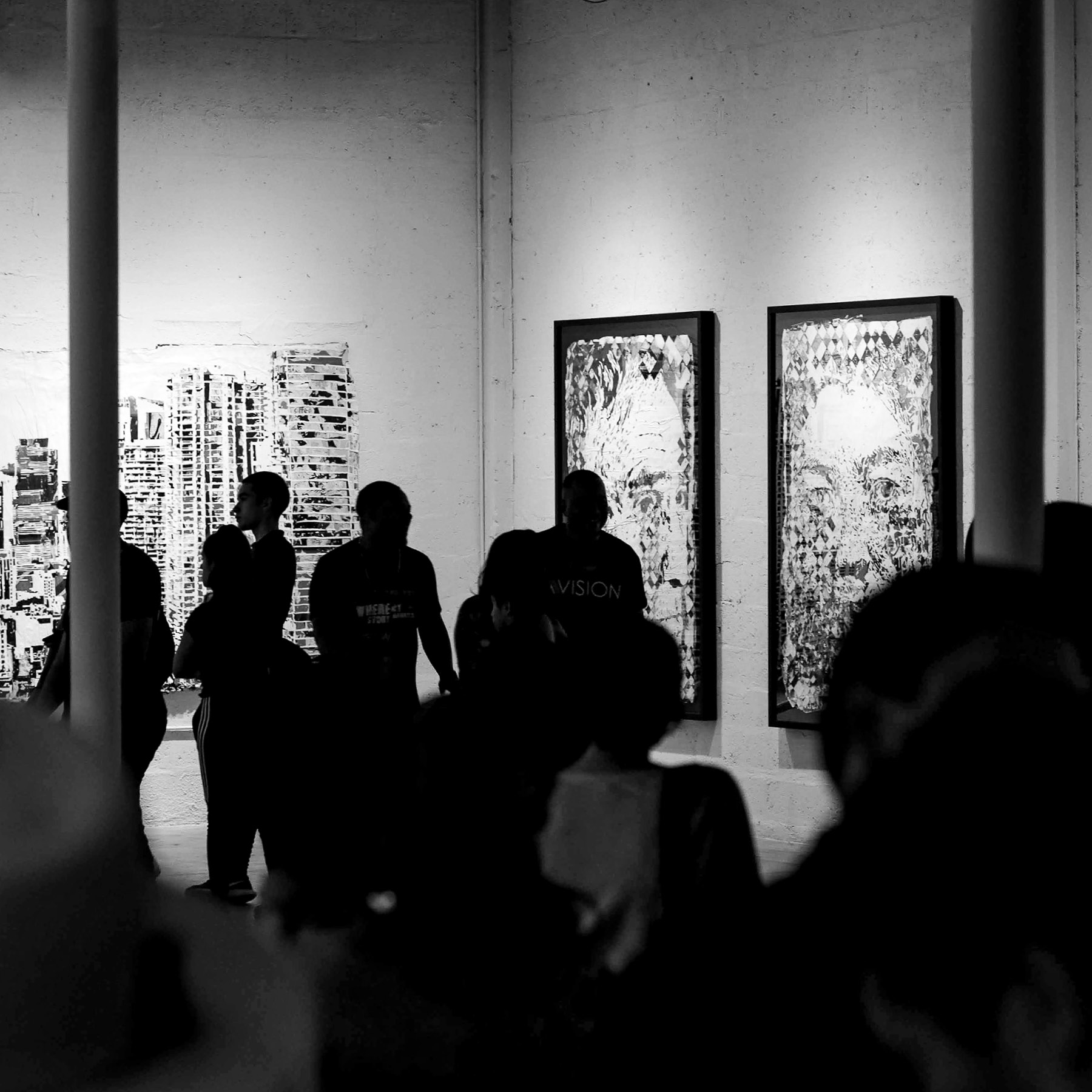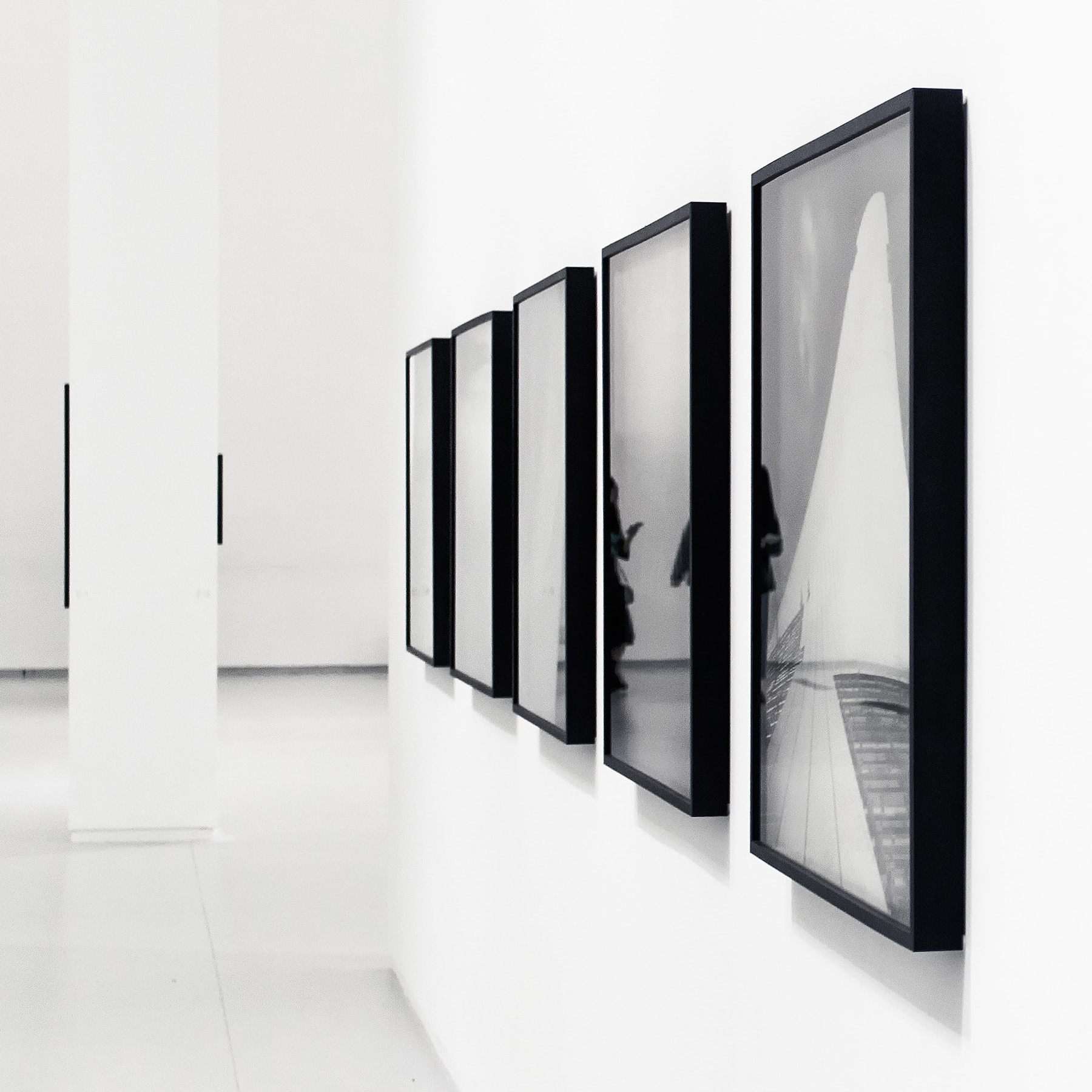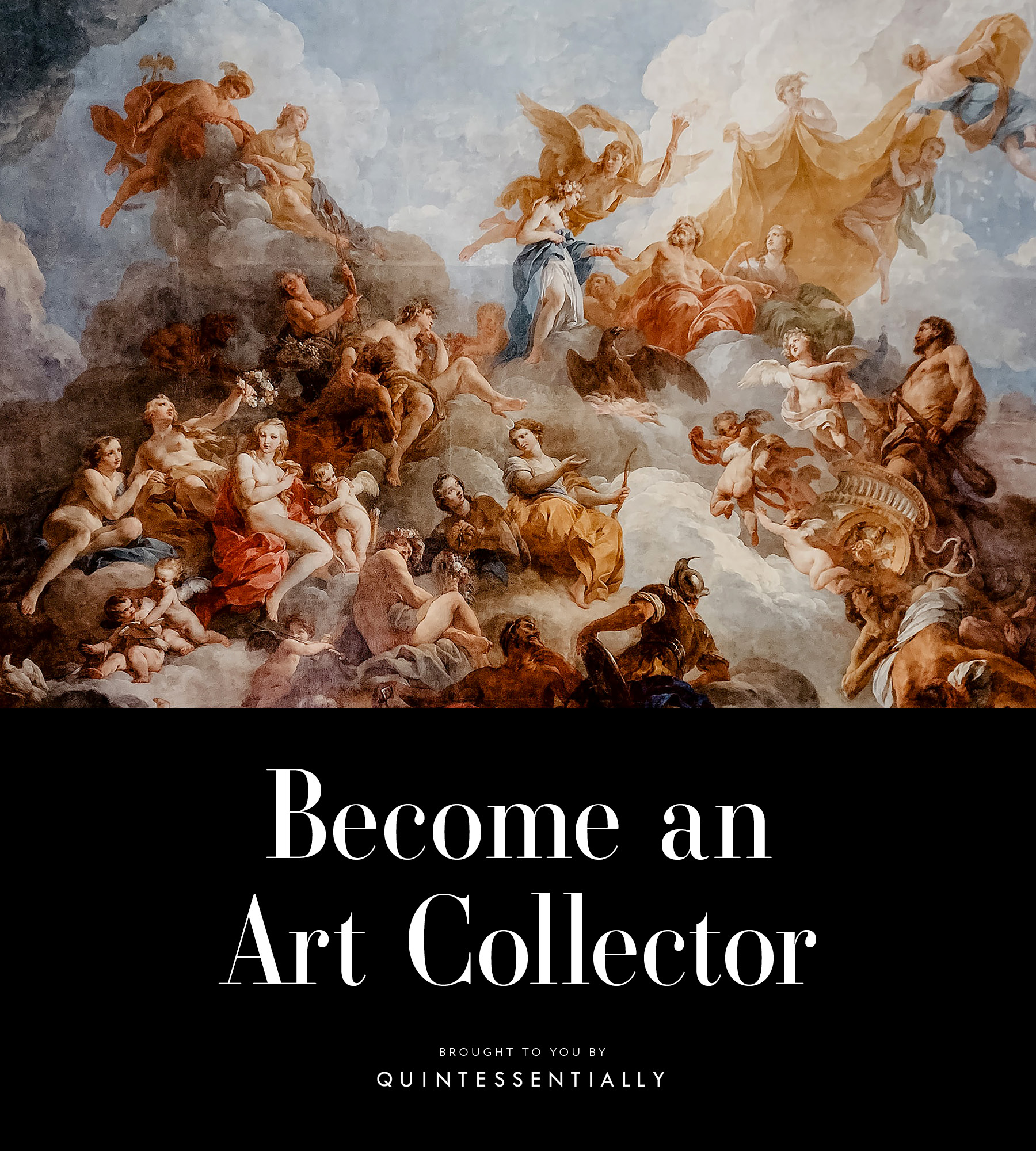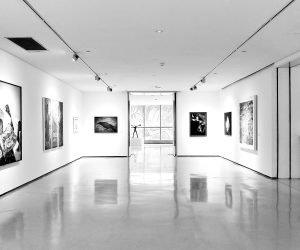Language
You can read the magazine in one of the following languages
After obtaining a master’s degree in art curation, I worked as a collections manager and researcher at a small private gallery, followed by a period as a cataloguer at Christie’s [auction house]. Over the years, I developed into a specialist in ‘Post-War’ and ‘Contemporary Art’.
I couldn’t have wished for better exposure to art; the constant practice of writing market reports, valuations and condition reports on the physical artworks built my knowledge as a specialist and served as invaluable training for my future pursuits.
There is no way I could advise a client on the purchase of an artwork today if I couldn’t assess whether it made financial sense in the art market context or if I couldn’t vouch for the condition of the piece itself.

Eventually, I left Christie’s in 2020 to establish my independent advisory service. I didn’t want to just pitch artworks for sale to clients; I wanted to be a reliable soundboard whenever they wanted to discuss art.
I would advise you to go to as many galleries and fairs as possible before buying artwork. Really get to know what you are looking for, as you might discover something unexpected that catches your attention.
This way, you will train your eye and immerse yourself in emerging trends. I would also recommend visiting with a trustworthy adviser who can help with suggestions and market knowledge.
Investing in art is like investing in any other asset; if you aren’t comfortable making the jump on your own because you can’t dedicate enough time to doing all the research yourself, it’s worth getting the advice of someone who is trained in the field and has had first-hand experience over several years.

The artist’s individual market, the work’s provenance and its condition. You want to ensure you aren’t overpaying for the artwork you buy, so it’s important to understand the artist’s overall market – that way, you can assess where your potential acquisition fits into the existing trends.
Then, it’s critical to understand the artwork’s provenance – ideally, you would hope the work has not exchanged hands too often or too recently.
When buying primary, this is, of course, far more straightforward. That leads to the physical condition of the artwork: the less it has exchanged hands, the more you can feel reassured about its condition.
With contemporary art, generally, conditions should be good. However, verifying that it hasn’t been touched up or damaged and that the current condition is stable is still crucial.
Typically, I trust my gut instinct. If something wows me and leaves a lasting impact even after I have left an exhibition, I’m more likely to think this could be a long-term investment.
After that initial spark, I’ll follow up with research into the artist’s education and exhibition history and try to find out what they have scheduled in the following months. All these are substantial contributing factors that can build a good picture of an artist.

Absolutely. With so many instabilities in other investment options, art can remain a stable asset – especially as it is not linked to just one currency.
Furthermore, for those wishing to pass down wealth to their children, art is always an excellent investment because it is not taxed in the same way as gifting money or property. Contemporary art is a vibrant category with world records being smashed consistently, so I think there are enormous opportunities for clients.
I was recently interviewed for an art documentary, which will hopefully air sometime next year. In the meantime, I featured on the podcast Intelligence Squared and talked about female artists, which is available now.
In September, I hosted a talk on collecting art at The Ivy Private Members Club in Soho for Quintessentially members, to which I invited one of my clients to provide his insights, as he has been collecting for a few decades and has built a phenomenal collection. He is a real inspiration.

